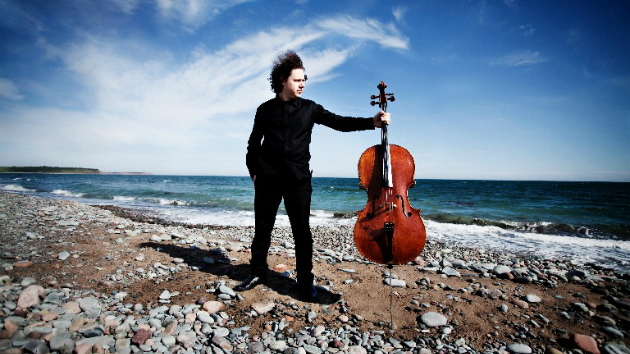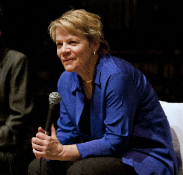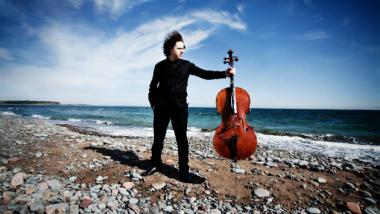
It's not at all certain that the number 33 figured into the thinking of Marin Alsop when she programmed this summer's Cabrillo Festival of Contemporary Music, announced today, but I suspect it may have been at least in the back of her head.
The reason: If the steady pattern of international recognition for the festival holds true, it will receive its 33rd A.S.C.A.P. Award for Adventurous Programming of Contemporary Music. That distinction is similar only to the New York Yankees' (past) baseball hegemony of 27 championships.
While all this is speculation, Alsop herself has named what is true for her in putting together the 53rd Cabrillo Festival, which runs Aug. 2-16 in Santa Cruz:
Cabrillo is an artistic oasis for me and, happily, for everyone who attends. We are dedicated solely to new music and to offering an in-depth, accessible, inspired artistic experience for every single person who performs, attends, passes by, or breathes the nearby air.

When Cabrillo featured 10 important contemporary composers who all attended the festival, that was impressive. Well, make that an even dozen this time: Mason Bates, Sebastian Currier, Charles Halka, Ana Lara, Hannah Lash, David T. Little, Huang Ruo, Missy Mazzoli, Nico Muhly, Jonathan Newman, Sean Shepherd, and Nathaniel Stookey. Not attending but having works performed: Philip Glass, James MacMillan, Christopher Rouse, and Joby Talbot.
On a journey across the globe, the festival presents composers and soloists from the U.S., China, Mexico, England, Scotland, Canada, and Norway, featuring a world premiere, three U.S. premieres and seven West Coast premieres.
Alsop opens the concert on Aug. 15 with the world premiere of Eating Flowers by Hannah Lash, a young composer who began studying music at the age of four. The new work was commissioned by the festival and sponsored by the Pacific Harmony Foundation, established by composer John Adams and his wife, photographer Deborah O'Grady.
Among West Coast premieres on the same concert: River Rouge Transfiguration by Mazzoli, inspired by a 1927 photograph of Ford's River Rouge plant near Detroit; and Blue Blazes by Sean Shepherd, a brief but complex piece featuring all different sections of the orchestra in a sequence, ultimately weaving in a "noble fanfare" and concluding with a "wild, distracted, self-satisfied romp."
The festival's opening night presents the U.S. premiere of David T. Little’s Haunted Topography, drawing on his experience as a rock drummer, and fusing classical and popular idioms in a piece inspired by the story of a woman whose son was killed in the Vietnam War.
On the same program: James MacMillan's festival co-commissioned Percussion Concerto No. 2, with Colin Currie as soloist.
The traditional season-closing Mission San Juan Bautista concerts will have Rouse's Supplica, MacMillan's Epiclesis, Halka's Impact ("an eight-minute work for large orchestra that explores an aural gesture best described as a heavy thud"), and Lara's Angeles de llama y hielo (Angels of Flame and Ice).

